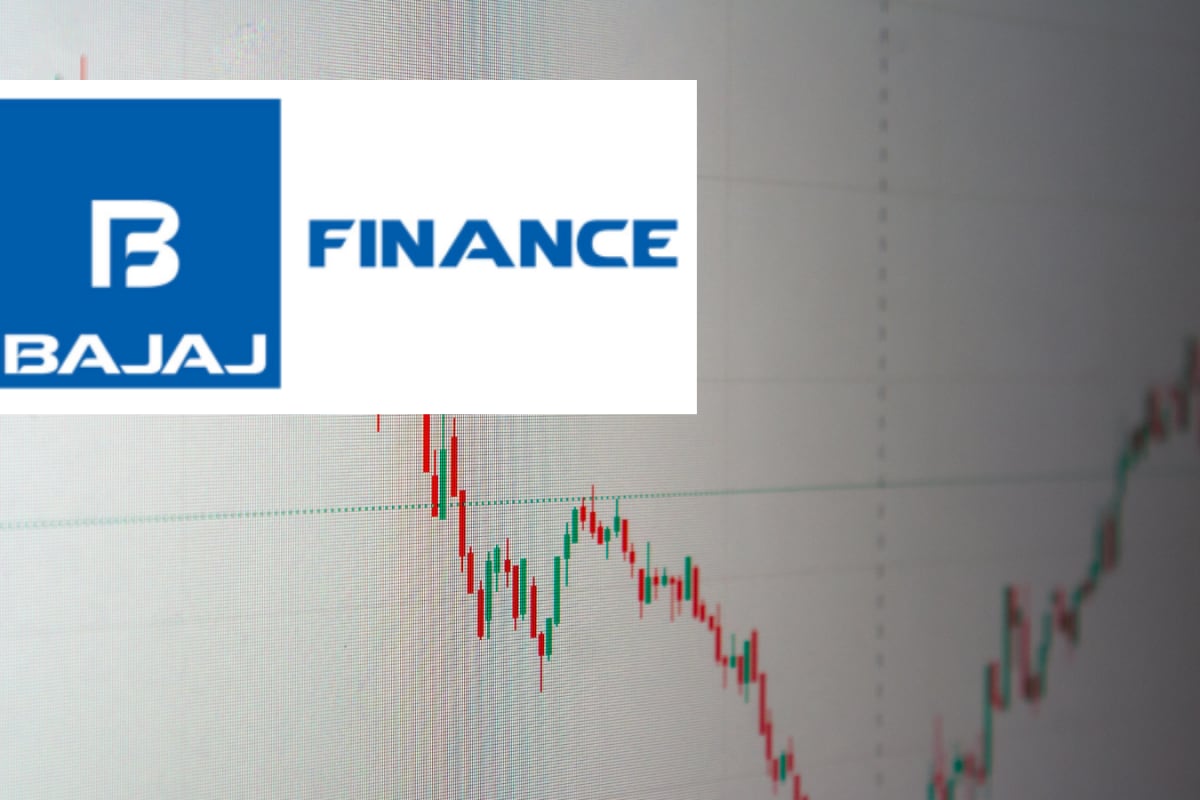Despite announcing strong Q1 results for the fiscal year 2025-26, Bajaj Finance witnessed a significant drop in its stock price on Friday, July 25, 2025. The stock slid by as much as 6% in intraday trade, causing concern among investors and wiping out a substantial amount of market capitalization. While the company reported a 22% year-on-year increase in net profit, reaching ₹4,765 crore, and a 22% increase in net interest income (NII) to ₹10,227 crore, several factors contributed to the stock's decline.
One of the primary reasons for the negative market reaction was the rise in credit costs, particularly within the MSME (Micro, Small & Medium Enterprises) and two/three-wheeler loan portfolios. The company's management provided a cautious commentary post the Q1 results, which further fueled investor concerns.
Key Highlights from Bajaj Finance's Q1 Results:
- Net Profit: Increased by 22% year-on-year to ₹4,765 crore.
- Net Interest Income (NII): Rose by 22% year-on-year to ₹10,227 crore.
- New Loans Booked: Increased by 23% year-on-year to 13.49 million.
- Customer Base: Expanded by 21% year-on-year, reaching 106.51 million.
- Assets Under Management (AUM): Grew by 26% year-on-year to ₹4.16 lakh crore.
- Gross NPA: Stood at 1.03% as of June 30, 2025, compared to 0.86% as of June 30, 2024.
- Net NPA: Stood at 0.50% as of June 30, 2025, compared to 0.38% as of June 30, 2024.
Factors Behind the Stock Fall:
- Rising Credit Costs: Credit costs surged to 2.02% during Q1 FY26, exceeding the company's guided range of 1.85-1.95%. This increase was primarily attributed to stress in the MSME portfolio and the two and three-wheeler segments.
- Asset Quality Concerns: The company's asset quality deteriorated, with gross non-performing assets (GNPA) and net non-performing assets (NNPA) ratios increasing compared to the previous year. The Gross NPA stood at 1.03% and the Net NPA at 0.50%.
- MSME Sector Stress: Stress in the MSME book has been visible since February 2025, raising concerns about potential future losses.
- Brokerage Downgrades: Following the Q1 results, several global brokerages downgraded or reaffirmed negative outlooks on Bajaj Finance, citing concerns over stress in the MSME and two-wheeler loan segments.
- Increased Loan Losses and Provisions: Loan losses and provisions rose by 26% in Q1 FY26 to approximately ₹2,120 crore, compared to ₹1,685 crore in Q1 FY25.
While Bajaj Finance has demonstrated strong growth in its key financial metrics, the concerns surrounding asset quality and rising credit costs have overshadowed these positive results, leading to the stock's negative performance. The market is keenly watching how the company manages these challenges in the coming quarters.

